Key takeaways
Minimum viable products or MVPs come in all shapes and sizes, enabling you to partner with customers in the development of new products and services. The process involves creating a basic version of an offering with just enough features to:
- Test it among early adopters and get to know your target market
- Gather the customer data you need to take the next step (e.g., build, pivot, or kill)
Using a series of “build, measure, learn” loops, MVPs enable you to decrease risk, launch your offering quicker and ensure it has the features your customers love most - all before investing any unnecessary time, money or effort.
But how do you know which MVP type is right to test your new offering? To help answer that question, we’ve outlined nine different types of MVP below. But first, let’s take a look at the two main categories used to group them.
Low-fidelity MVPs vs high-fidelity MVPs
There are two main MVP categories, low-fidelity MVPs and high-fidelity MVPs.
Low-fidelity MVPs
Low-fidelity MVPs are relatively quick and easy to develop (compared to high-fidelity MVPs) and provide basic results to help you understand the needs of your potential customers; such as:
- Pain points and challenges
- Expectations and demands
- Willingness to engage with your offering
Low-fidelity MVPs are best used during the early phase of a project as a low-effort way to help you decide if a concept is worth developing (e.g. is there any market interest in the offering?).
High-fidelity MVPs
High-fidelity MVPs are more complex to develop, requiring more time and effort than low-fidelity MVPs. On the flip side, they provide more specific insights into your customers:
- Buying intent
- Ideal pricing
- Feature preferences
High-fidelity MVPs also enable you to get to know your customers a little better, enabling you to start optimising your marketing strategy and creating a brand that appeals to them.
Now that you know a bit more about the two main MVP categories let's explore some of the MVP types that fall under each.
Types of low-fidelity MVPs
In most cases, low-fidelity MVPs require little development work because their main goal is to communicate the idea of an offering to customers. Think of them as a first step in your MVP validation process. An easy way to measure interest in a new product or service. This can be done via simple landing pages, emails, marketing campaigns, explainer videos, or fake door MVPs, as described below.
Landing page MVPs
Landing page MVPs (aka smoke tests) introduce potential customers to a new value proposition through a landing page that describes the offering, providing details like:
- Features and benefits
- Subscription options
- Pricing information
Most importantly, the landing page should have a clear call to action (e.g. buy now button, email signup, etc.), making it possible for potential clients to indicate “conversion”. The idea is to measure interest by seeing how many potential customers actually follow through and indicate an intention to buy.
Customers that click on the button are led to a “coming soon” or waiting list page with the option to leave their email address for updates. The total number of page visits and clicks on the “buy now” or “sign up” button will give you an idea of how many customers are interested in your offering. You can even create more than one landing page with different styles, branding and messaging to discover which gets the most positive response from your target audience (e.g. A/B testing).
Example:
Buffer got its start when founder Joel Gascoigne, put up a simple landing page describing the benefits of his concept. Once people showed interest, he went on to update the page with planning and pricing options - enabling him to measure his target audience’s willingness to pay for the service.
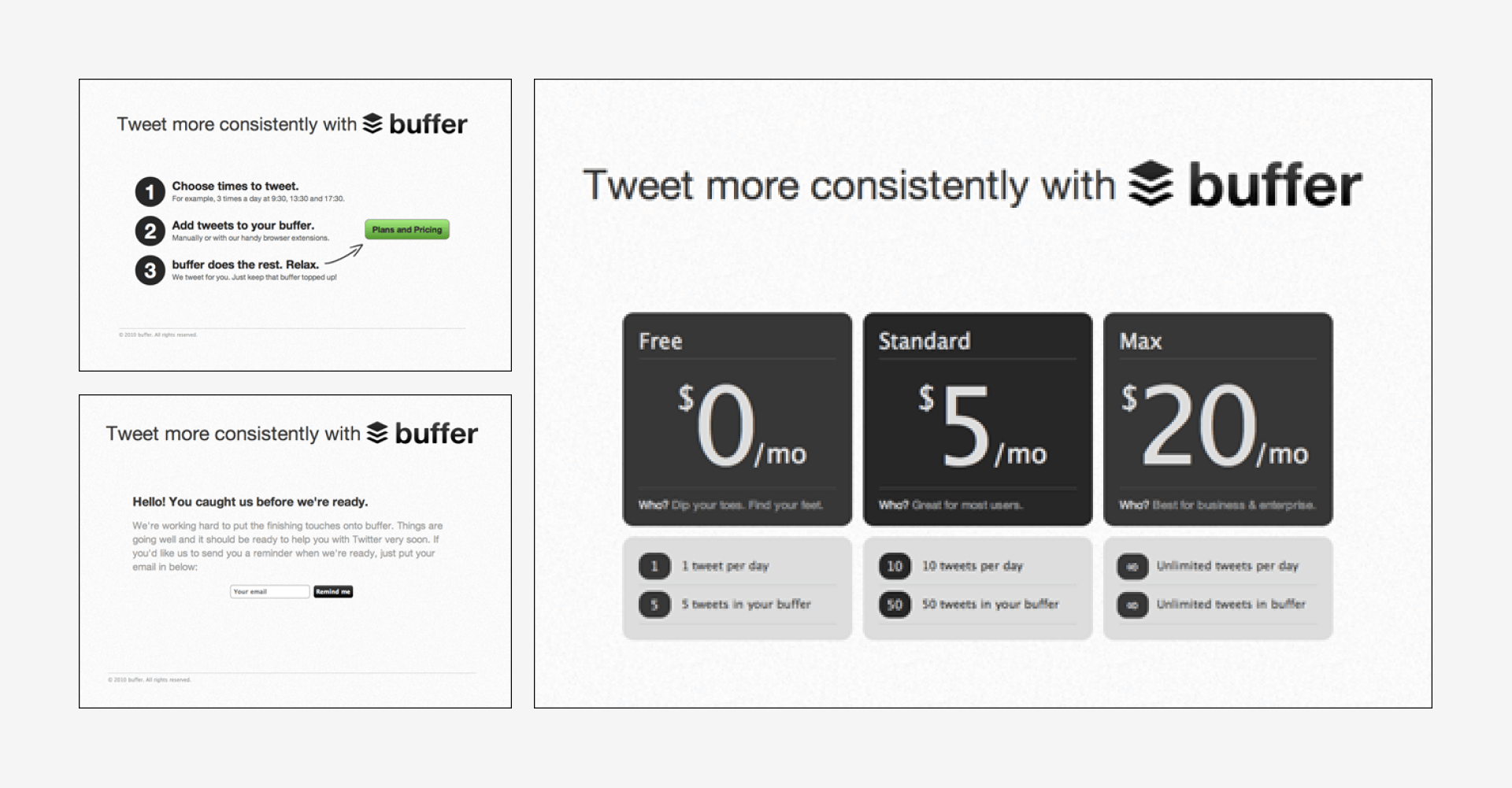
Benefits of this MVP type:
- It enables you to test buyer intent before building.
- It lets you experiment with branding, which can help shape future efforts.
- It provides insights into your target audience’s expectations and preferences.
Email campaign MVPs
Email campaign MVPs are a great way to test the waters for a new concept or idea when you already have a client base. Simply describe the new value proposition in an email and send it off to existing customers to see how they feel about it (e.g. do they express interest or want to know more?).
It’s a highly useful and low-effort way for corporations (who already have a set customer base) to test new concepts and gain valuable client-based data.
Example:
AngelList is a platform designed to help startups raise capital by connecting with investors. It got its start when founders Babak Nivi and Naval Ravikant leveraged their contacts to do email introductions between founders and investors.
To date, AngelList has led to the creation of 190 startup unicorns - not bad for what started out as a few emails.
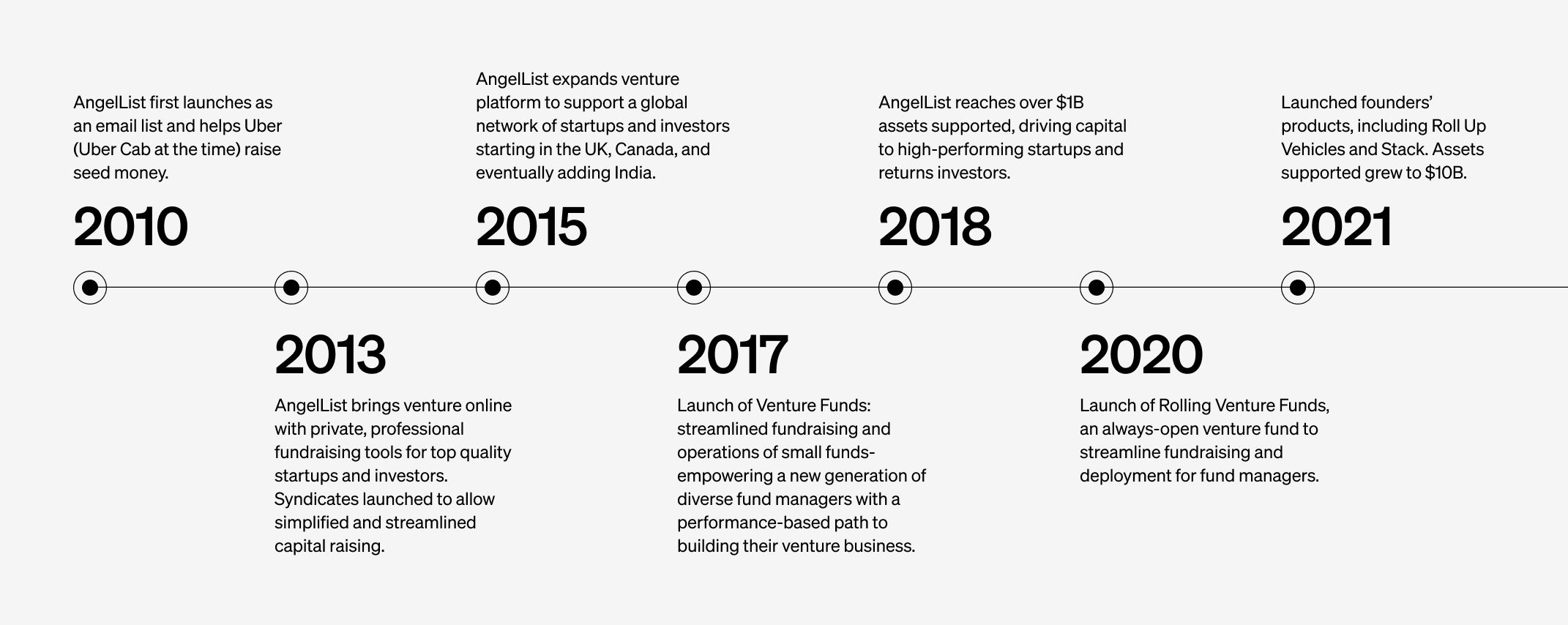
Benefits of this MVP type:
- Can be implemented in just a few hours.
- Can be targeted to specific profiles.
- Provides direct contact with individual customers.
Marketing campaign MVPs
Marketing campaign MVPs are a great way to build your audience from scratch using both organic and paid channels. This type of MVP is highly flexible, enabling you to test different types of tone, messaging and general branding and discover what appeals most effectively to your target audience.
In addition, social media channels like LinkedIn, Facebook and Instagram enable you to target specific demographics so you can reach your target audience more effectively.
Example:
OnlineDivorce is a service that enables people to start their divorce process online, free of lawyer fees. Their MVP included court-approved papers that enabled users in California to begin the filing process. Being an unknown company, a big part of their MVP success depended on having an effective online marketing strategy, and it wasn’t long before they got their target audience’s radar.
Today OnlineDivorce is available in all 50 states, boasts over 500,000 users and has been featured in Time Magazine, USA Today and NBC News Radio, among others.

Benefits of this MVP type:
- The flexibility to test different branding and messaging types (e.g. A/B testing).
- The ability to run targeted ads.
- A great way to build and get to know your customer base.
Explainer video MVPs
Explainer video MVPs (aka demo videos) involve creating a short, no-frills video explaining your value proposition, its benefits and why customers should buy it. It’s a straightforward way to demo your product and observe the response from your target audience.
Example:
A great example showcasing this type of MVP is Dropbox, which started when co-founder Drew Houston created a short video explaining how Dropbow worked and how easy it was to use.
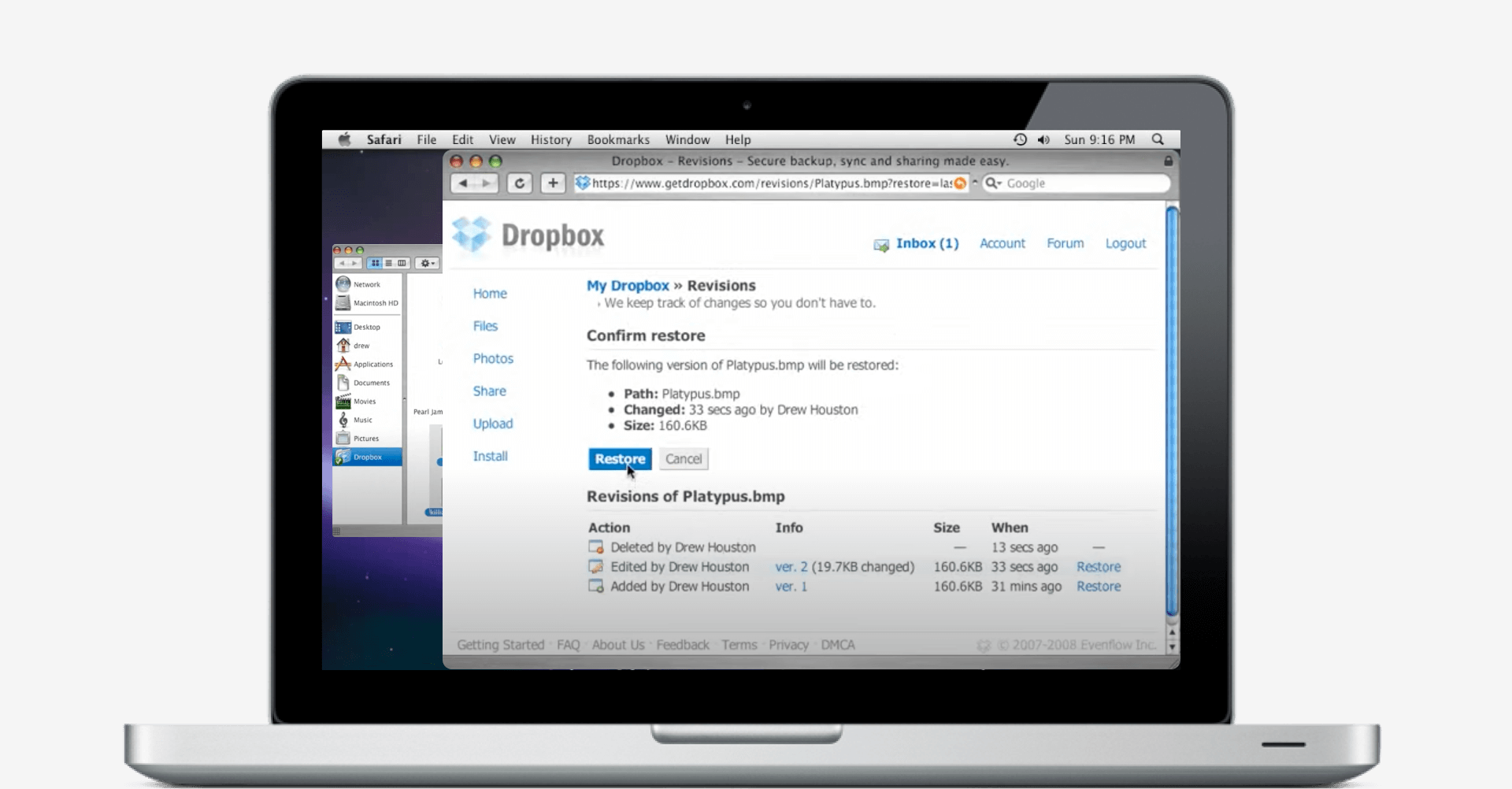
Benefits of this MVP type:
- Low-effort and fast.
- Can be done before any development takes place.
- Cost-effective.
Types of high-fidelity MVPs
Piecemeal MVPs
Piecemeal MVPs enable you to combine existing tools, products and services to deliver your MVP offering. In essence, they allow you to test customer response without investing time, money and effort building a new product from scratch (that is, until it's validated).
For corporations, this is an exceptional approach because it enables them to leverage existing assets to test out new ideas and concepts (e.g. existing infrastructure, supply chains, partnerships, etc.).
Example:
Groupon is a great example of how a piecemeal MVPs work in practice. Before Groupon, co-founder Andrew Mason started a platform called “The Point”; where users could exchange services. Although The Point failed to take off, Groupon got its start as a WordPress blog on a sub-domain of that platform. As explained by Mason:
“All we did was we took a WordPress blog, and we skimmed it to say Groupon, and then every day we would do a new post with the points embedded. It was totally ghetto. We would sell t-shirts on the first version of Groupon. We’d say in the right up, ‘This t-shirt will come in the colour red, size large. If you want a different colour or size, email that to us.”
Within just 16 months, Groupon reached a valuation of over $1B, and within two years, it was bringing in over $100M in monthly sales.

Benefits of this MVP type:
- Quick and cost-effective compared to going through the full development process.
- An efficient way to leverage existing assets to test new venture ideas.
Single-feature MVPs
Single-feature MVPs are the most traditional type of MVP, usually involving a software solution with only one central (most important) feature. The idea is to do only the most basic development to engage early adopters and measure their interest. Any additional features are set aside to be rolled out and tested in future iterations.
Although this approach is most popular in the area of software development, it can be tweaked to fit almost any product or service.
Example:
Foursquare is a search-and-discovery platform that provides users with personalised hotel, restaurant and entertainment recommendations based on their location. But it started off with a single offering, enabling users to check in at different locations and share the information online.
Today the platform boasts over 50 million monthly active users.

Benefits of this MVP type:
- Much more cost-efficient than developing a full product.
- Enables you to launch and test a new offering a lot quicker.
- Enables you to immediately test your possibilities relative to existing competitors.
Crowdfunding MVPs
Crowdfunding MVPs (aka pre-order MVPs) involve getting your target audience to invest in a new offering before it is developed. It introduces potential customers to the new concept through descriptions and mock-ups and gives them the opportunity to pre-order the new product or service, securing sales before the offering is developed.
This type of MVP does carry some risks, including not being able to deliver pre-orders or meet customer expectations (e.g. functionality, ability to solve pain points, quality, etc.).
Example:
AllBirds makes earth-friendly wool shoes worn by the likes of Brack Obama, Oprah and Emma Watson. This successful startup unicorn got its start when co-founder Tim Brown launched the idea on Kickstarter, raising $119.000 in just five days.
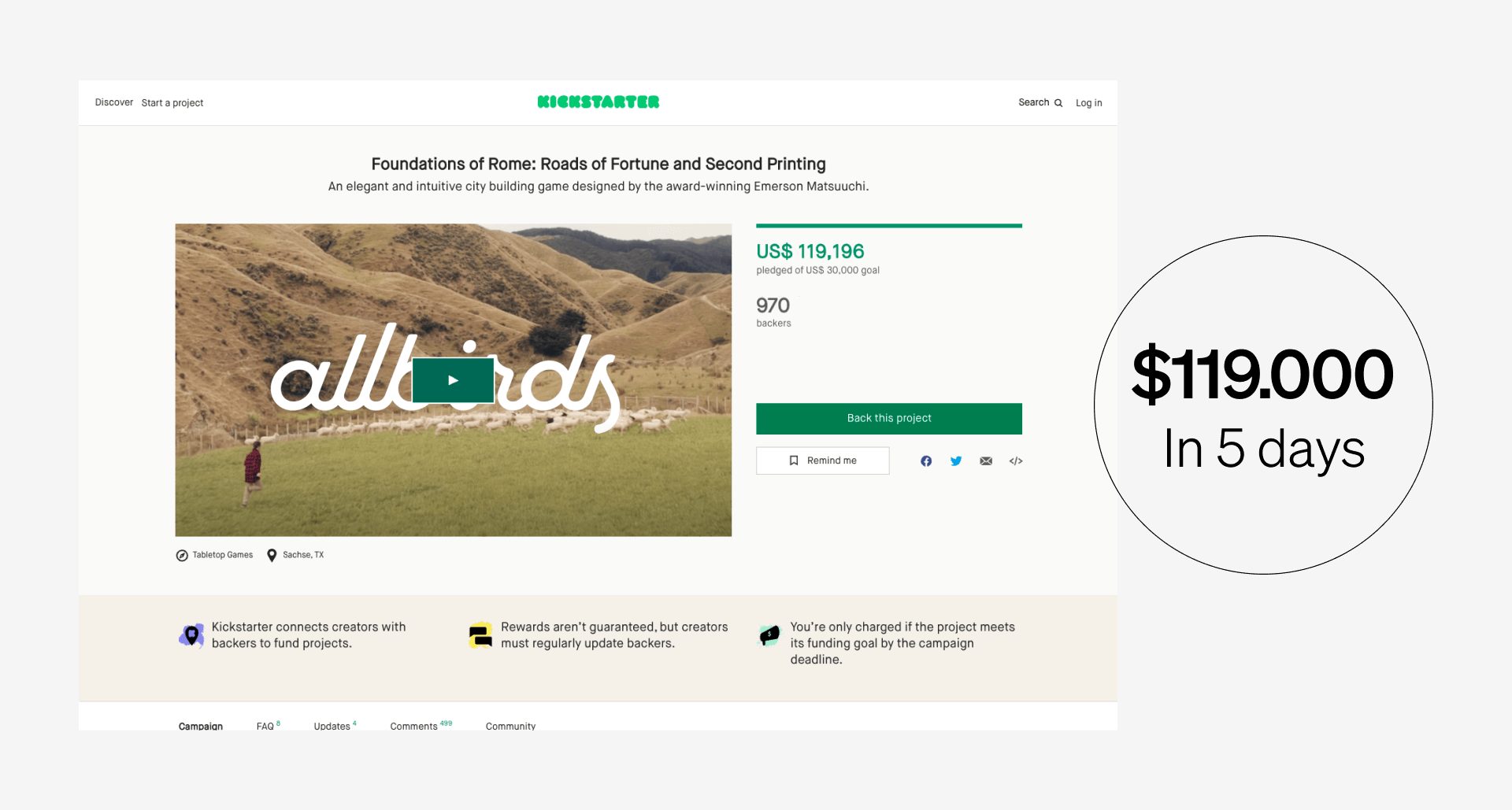
Benefits of this MVP type:
- Securing sales before development.
- Low-cost, quick and low-effort.
Wizard of Oz MVPs
Wizard of Oz MVPs involve creating an offering that looks automated and gives the customer all the benefits of that experience but is actually executed manually (unbeknownst to the user). It’s a handy option if you want to test a concept that relies on complex, automated algorithms and technologies.
Example:
Jeff Bezos started Amazon from his garage. The MVP was simple: whenever someone placed an order online, Bezos would order the book from the distributor and deliver the package personally. Within a month, Amazon was bringing in $20.000 in sales per week, shipping orders throughout the US and 45 other countries.
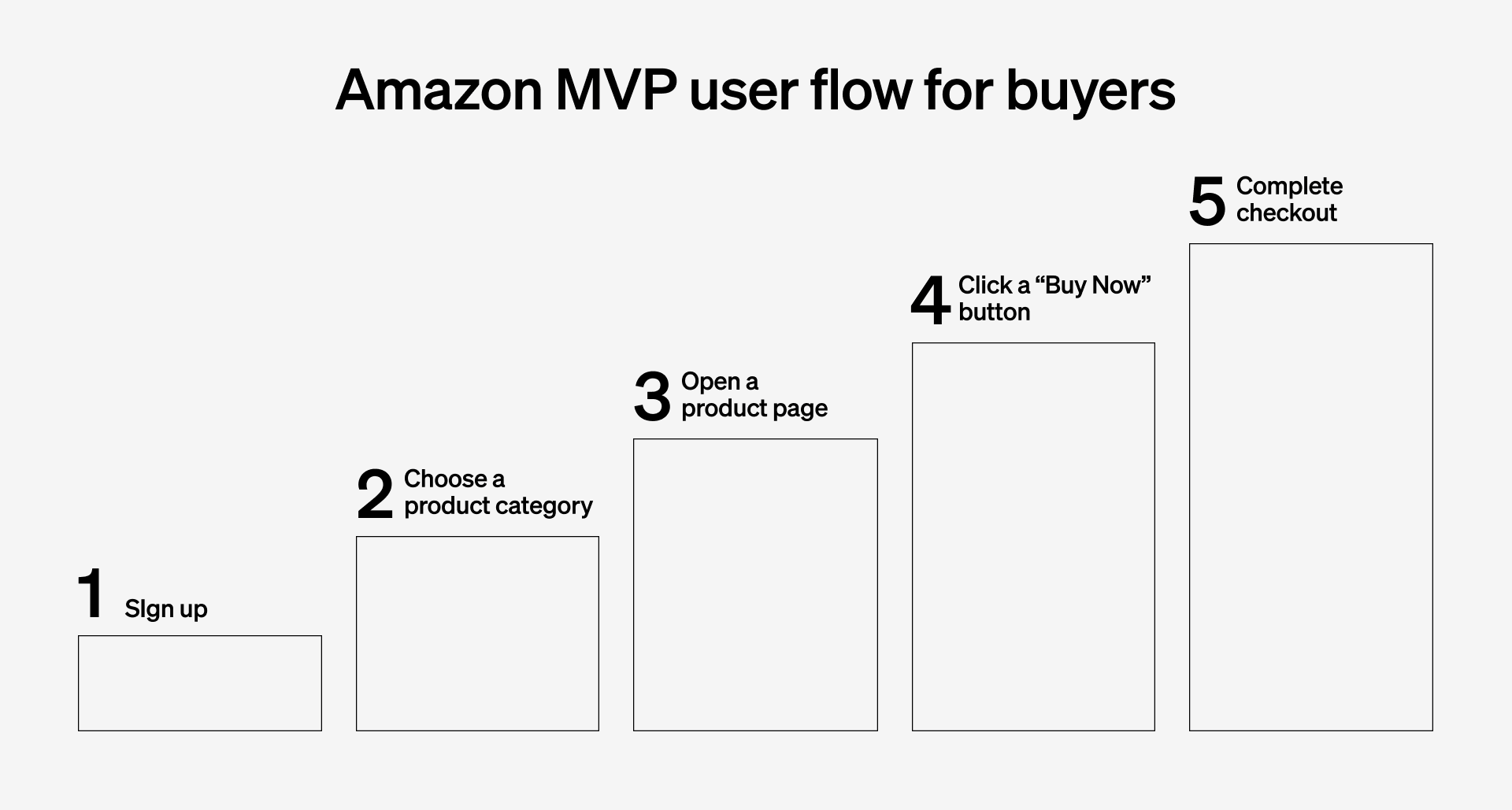
Benefits of this MVP type:
- Lets you test an idea before investing resources in a complex development process.
- Give you the flexibility to make fast and easy pivots.
- Enables you to interact with your target audience (e.g. get to know their preferences and pain points better).
Concierge MVPs
Concierge MVPs are a more transparent variation on the wizard of oz approach. While the users of a Wizard of Oz MVP have no idea a human is executing their automated service, Concierge MVPs are transparent (i.e. customers know the service isn’t fully automated).
In most cases, this type of MVP involves a human “concierge” walking customers through the user journey that would normally be automated. Similar to the wizard of oz MVP, this approach enables you to interact closely with your customers and get familiar with their needs and preferences.
Example:
After noting hard it was to book a stay in San Fransisco, Airbnb founders Brian Chesky and Joe Gebbia launched their MVP armed only with pictures of their own space and a website targeting the attendees of an upcoming design conference.
The test was simple: An overnight stay on air mattresses in their living room that included free wifi, free breakfast and a unique networking experience with peers. The result: 3 guests that paid $80 each (a promising start). That first website didn’t offer the features Airbnb has today; it was just a gateway to gauge user interest - Chesky and Gebbia did the rest manually.
Since then, Airbnb has expanded to over 100.000 cities across the globe, boasting 4 million hosts and over 1 billion guests.
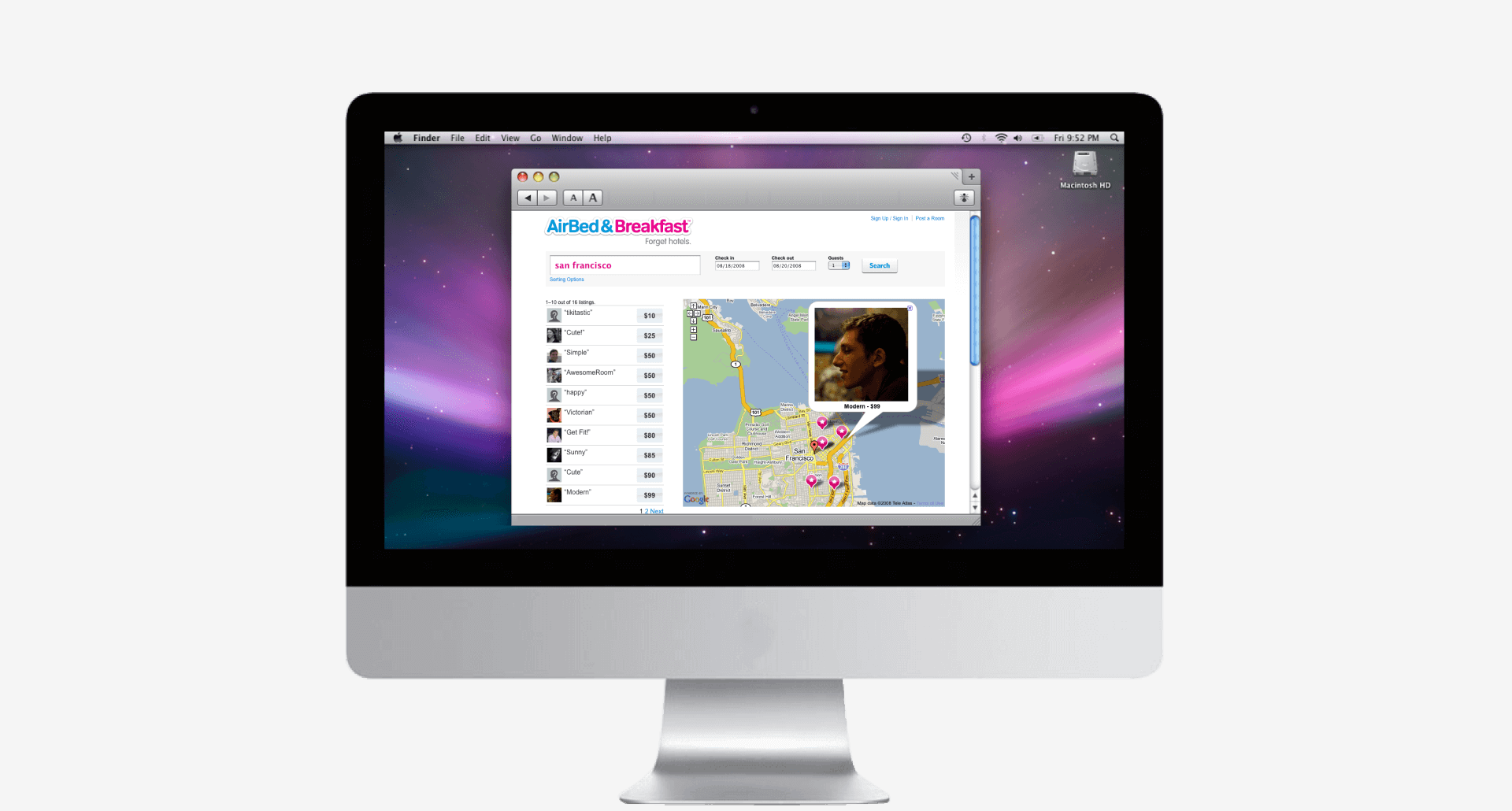
Benefits of this MVP type:
- Let’s you test your value proposition before investing in development.
- Enables you to launch your offering quicker.
- Engages early adopters and provides valuable insights to help shape future iterations.
Which type of MVP is right for you?
A practical way to start planning for your MVP phase is to have a solid idea of the time, funding and resources you want to invest. For example, if you’d like to test a new offering in a quick, low-effort way, then low-fidelity MVPs are the way to go. On the other hand, if you’re looking for more in-depth and detailed customer data, you might want to consider a high-fidelity option.
Overall, the main point of your MVP is to learn about your customers and how they feel about your value proposition. So no matter what approach you choose, make sure it’s designed to accurately measure and provide the answers you need to move forward.
________
Ready to build and launch your corporate MVP? We can help you build a customised strategy that covers everything from design to development to marketing - so you can test your offering with real customers.
Scaling corporate ventures: the foundations.
Discover and understand the critical actions needed on the venture journey to scale successfully.








